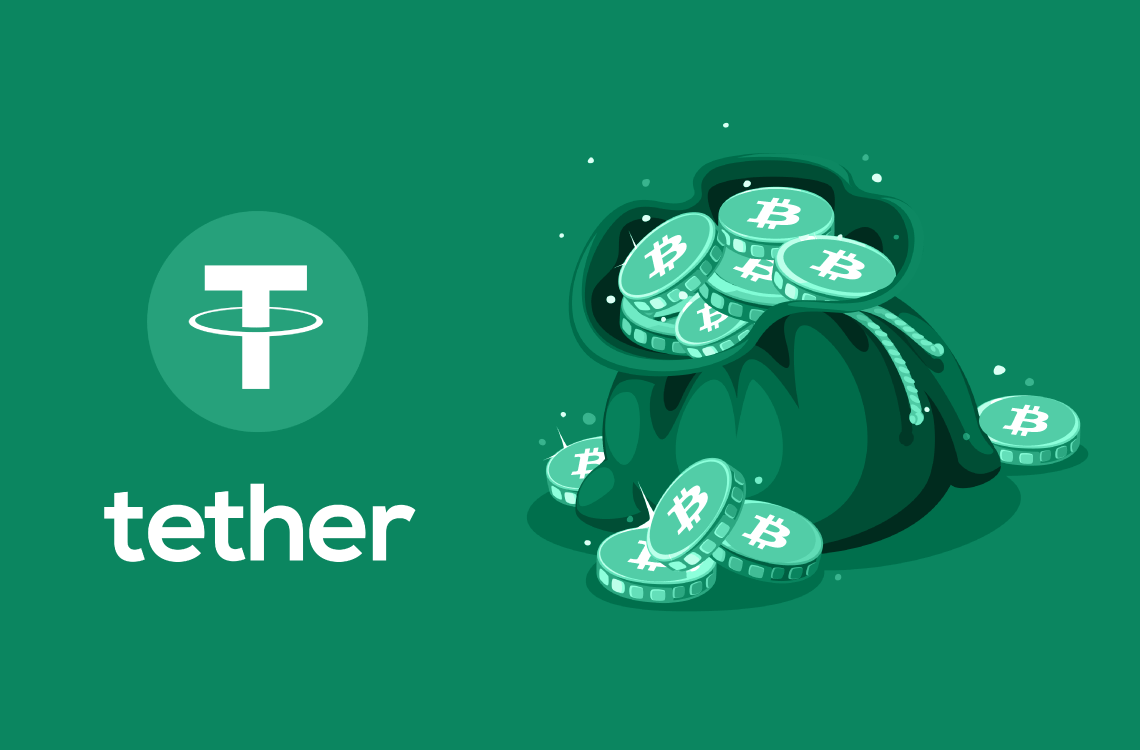In this post:
- Consumers’ Research called out Tether for not being transparent about the reserves backing its USDT stablecoin, raising big concerns about its 1:1 dollar claim.
- Tether has repeatedly dodged independent audits since 2017, even after promising to conduct one.
- Tether has been involved in legal troubles, including accusations of inflating crypto prices and ties to sanctioned entities like Russia.
Tether is getting slammed again, by the same American consumer watchdog. This time, Consumers’ Research is tearing into the company for its lack of transparency regarding the dollar reserves backing USDT. It’s a huge problem.
The stablecoin, supposedly pegged 1:1 to the US dollar, doesn’t have the receipts to back up that claim. It’s actually been a point of contention for years.
Tether launched in 2014 with the promise that every single USDT token is backed by a real US dollar.

That’s the whole point of a stablecoin, you see, a cryptocurrency pegged to something like the dollar to avoid the crazy price swings you see with Bitcoin and other cryptos.
But when you start digging into Tether’s numbers and practices, the watchdog says things start looking shady.
Tether’s questionable loans and reserve backing
Tether has issued massive loans in USDT with the promise that these loans will be paid back at a dollar per token.
But what happens if the borrowers don’t pay back those loans? Are the reserves still there? Tether keeps saying they are, but the public hasn’t received any concrete evidence of that.
In December 2023, S&P gave USDT a risk rating of 4 out of 5—far from great. The stablecoin doesn’t have any real regulatory oversight either. No authoritative body is monitoring where Tether is investing its reserves.

US banks have become wary of processing Tether’s transactions, and the company has had to rely on offshore banks to keep things moving.
The stablecoin issuer is also caught up in a class-action lawsuit claiming that it doesn’t have the 1:1 backing it claims. The lawsuit alleges that Tether pushed USDT into the market, fully aware it wasn’t backed by enough dollars.
This created an illusion of demand for cryptos, inflating their prices.
Where’s the audit, Tether?
Here’s the thing. Tether has been promising an independent audit since 2017. It still hasn’t happened. In August 2022, Tether’s CEO said an audit was “months away.”
Fast forward to today, and we’re still waiting.
Back in 2017, Tether announced that Friedman, an accounting firm, was working on an audit. But in 2018, Tether suddenly cut ties with them. A year later, the SEC fined Friedman for bad accounting practices.
And when Tether released a report in June 2018 claiming USDT was fully backed by US dollars, it turned out the report wasn’t even from an accounting firm. It came from a law firm. That’s not the same thing.
Tether has also been accused of being part of a manipulative scheme with Alameda Research, the firm behind the now-collapsed FTX exchange.

Alameda allegedly bought billions of dollars worth of USDT to inflate Tether’s market cap artificially.
They’d then sell the tokens at a higher price, with Tether collecting dollars for tokens it just created out of thin air. This lawsuit is still ongoing.
Tether claims it’s tried to get an audit from one of the Big Four accounting firms, but according to them, none would agree to do it.
Consumers’ Research says that’s suspicious, especially when companies like Coinbase have no trouble hiring Deloitte as their auditor. Bitstamp got Ernst & Young to audit its books.
In 2023, a Bloomberg survey found that 46% of audited crypto companies used a Big Four firm. But not Tether.
In 2019, the State of New York found that Tether had moved hundreds of millions of dollars to cover up an $850 million loss. They lied about it, claiming their USDT was fully backed the whole time.
As a result, Tether had to pay $18.5 million in penalties and was banned from trading in New York.
In 2021, the Commodity Futures Trading Commission (CFTC) hit Tether with charges for making false statements about its backing of USDT with US dollars.
That same year, the Department of Justice launched an investigation into whether Tether and Bitfinex were used to manipulate the crypto market.
The probe expanded in 2022 when the US Attorney’s Office for the Southern District of New York got involved. They were looking into whether Tether accessed bank accounts using falsified documents.
Tether responded to these investigations by releasing attestations regarding its reserves, but these aren’t full audits. They’re snapshots, not the deep dive investors would want to see.
Tether’s ties to sanctioned entities
Both US and U.K. authorities are investigating $20 billion in Tether transactions that passed through Garantex, the Russian crypto exchange US Treasury sanctioned in 2022.
As of July 2024, Tether was still processing transactions from BitPapa, another crypto exchange sanctioned earlier that year for aiding Russia during its war with Ukraine.
Despite being linked to shady actors, Tether hasn’t stopped operating on TRON, which is reportedly notorious for being used by groups designated as terror organizations.

In March 2023, the SEC charged Tron’s founder and related companies with fraud. By November 2023, Tron had overtaken Bitcoin as the blockchain of choice for crypto transactions tied to terrorist activities.
Tether remains dominant on the Tron network, with no sign of pulling out.
In January, the United Nations Office of Drugs and Crime (UNODC) released a report naming stablecoins like USDT as the preferred currency for cybercriminals and money launderers in Southeast Asia.
Even though Tether has pledged to stop issuing loans, the numbers show the opposite. As of Q2 2024, Tether had more than $6.57 billion in secured loans, up from $4.7 billion in Q1.
Tether had previously promised to bring its loans to zero by 2023, but that goal has been pushed back to the end of this year.







